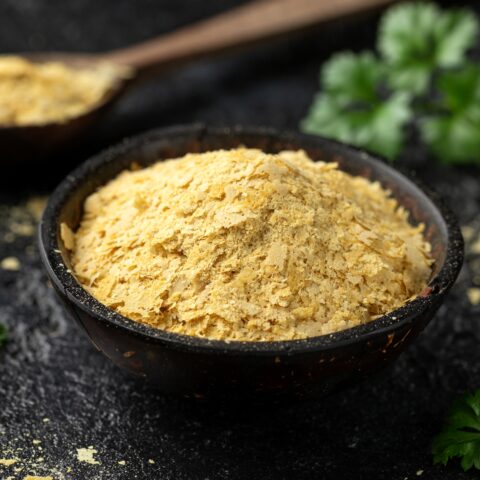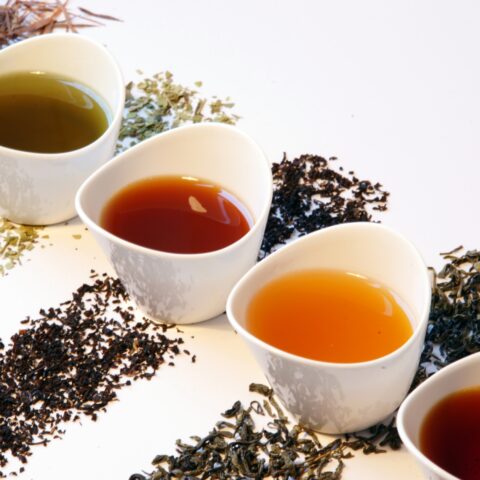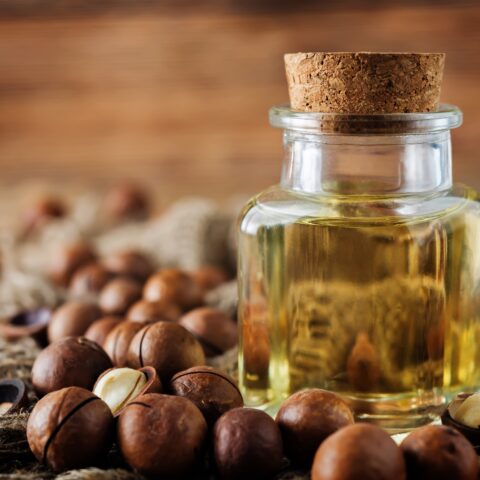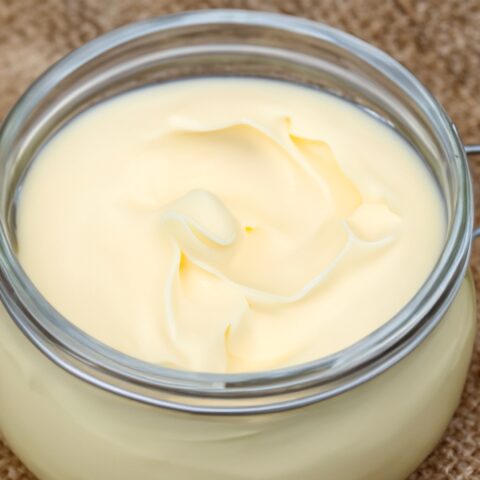Is Tapioca Healthy? Why Arrowroot Is Paleo and Tapioca Is Not
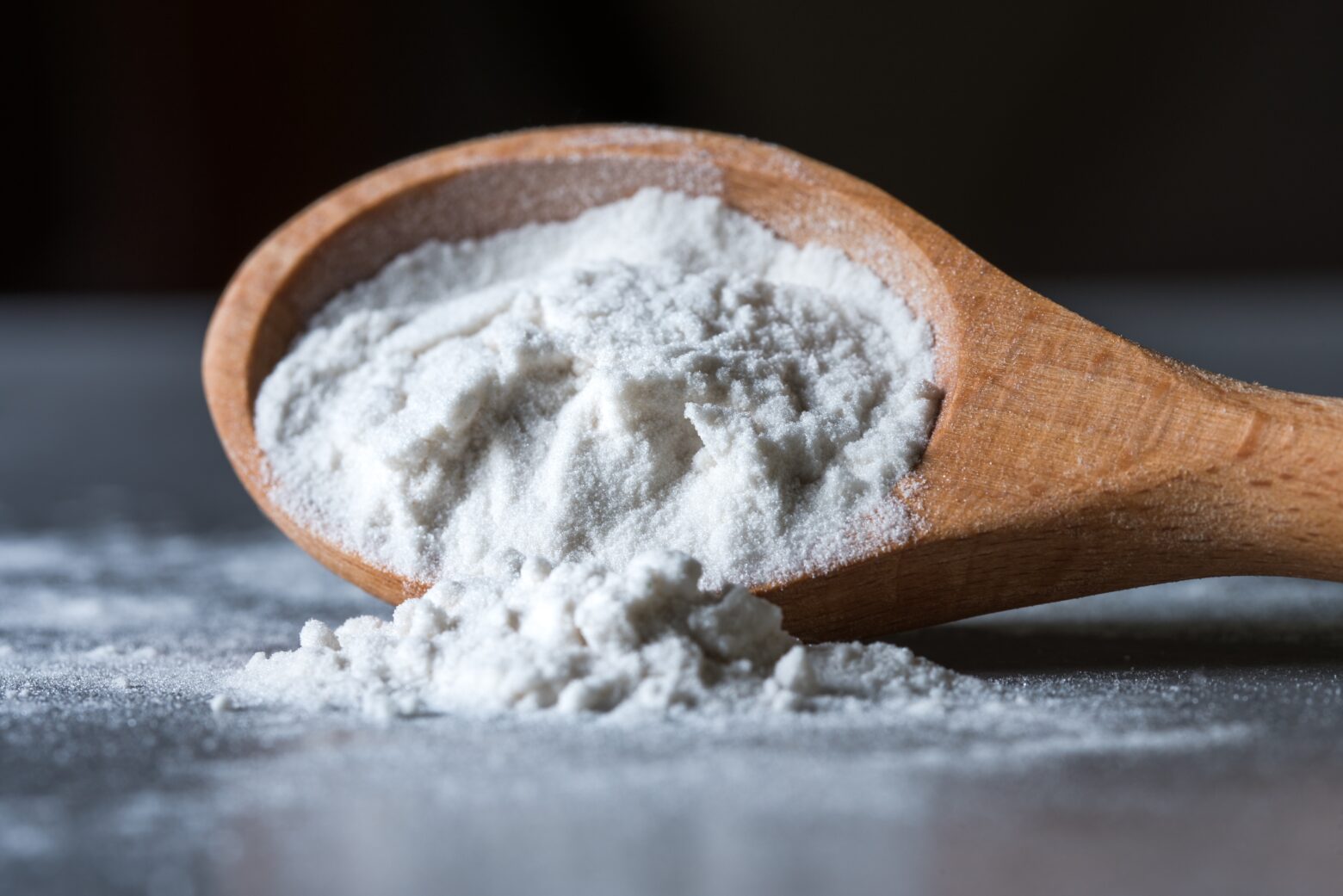
Reviewed by Dr. Mark J. Smith on November 18, 2021.
If you enjoy baking, at some point you have likely encountered recipes that call for gluten-free flour substitutes like almond flour, coconut, arrowroot, or tapioca flours. Are these flours healthy?
Let’s set the record straight: almond, coconut, and arrowroot flours are healthy and Paleo in smaller quantities, but tapioca flour is not Paleo.
Let’s take a closer look at arrowroot and tapioca, which are often used in similar ways.
Why Is Tapioca Unhealthy?
Tapioca flour is a starch made from the roots of the cassava plant, also known as manioc or yuca. Cassava resembles a white potato. The domestication of the cassava plant occurred less than 10,000 years ago—a fairly recent dietary addition to humans compared with our Paleolithic ancestors. (2)
Cassava is not a nutritious food. It’s pretty much straight carbs: a ¼ cup serving renders approximately 26 grams of carbohydrates, with no other macronutrients to contribute to its makeup. (1)
Raw cassava starch contains antinutrients that are potentially toxic to humans in high concentrations. Cassava includes naturally occurring cyanide, which means preparing it properly for eating is important. The process that turns the cassava plant to tapioca flour, including boiling, soaking, fermenting, and drying, may reduce these toxic compounds but not enough to eliminate them completely. (3-4)
Tapioca starch also has a high glycemic load, spiking your blood sugar. We recommend that you avoid tapioca and only eat it as part of the 15 percent of your Paleo Diet when following the 85/15 rule.
Why Is Arrowroot Flour Healthier?
Fortunately, arrowroot flour is a great alternative to tapioca. Arrowroot is native to the Amazon rainforest, and is a great thickening agent to use in gluten-free recipes such as puddings, sauces, and baked goods.
Arrowroot was domesticated only 7,000 years ago—another newbie dietary addition for humans. (5) However, it’s low on the glycemic index and high in nutrients, making it a healthy food that we approve.
For a quick nutritional breakdown, arrowroot is low in calories at only 65kcal per 100g, and is high in vitamins and minerals like folate, potassium, iron, and magnesium. It is also rich in prebiotic fiber and boasts a low level of sodium—enough to balance the potassium to sodium ratio. (6–7)
While arrowroot may not date back as far as our Paleolithic ancestors, it has a strong nutritional profile that we approve as part of a healthful Paleo diet.
Ways Use Arrowroot Flour
If you want to use arrowroot flour in place of wheat flour, there are a few things you should know.
To use it as a thickening agent, arrowroot flour needs to be whisked with cold water or dairy-free milk to make it a smooth slurry, which can be added right to soups or stews. Be sure to add it at the end of the cooking, right before serving, to reduce too much heat exposure.
When baking, arrowroot flour can be used with Paleo-friendly flours such as coconut or almond flour, or by itself. When used alone, the substitution for arrowroot flour is 1 teaspoon arrowroot flour = 1 tablespoon wheat flour.
Related: How to Bake on The Paleo Diet
Recipes with Arrowroot Flour
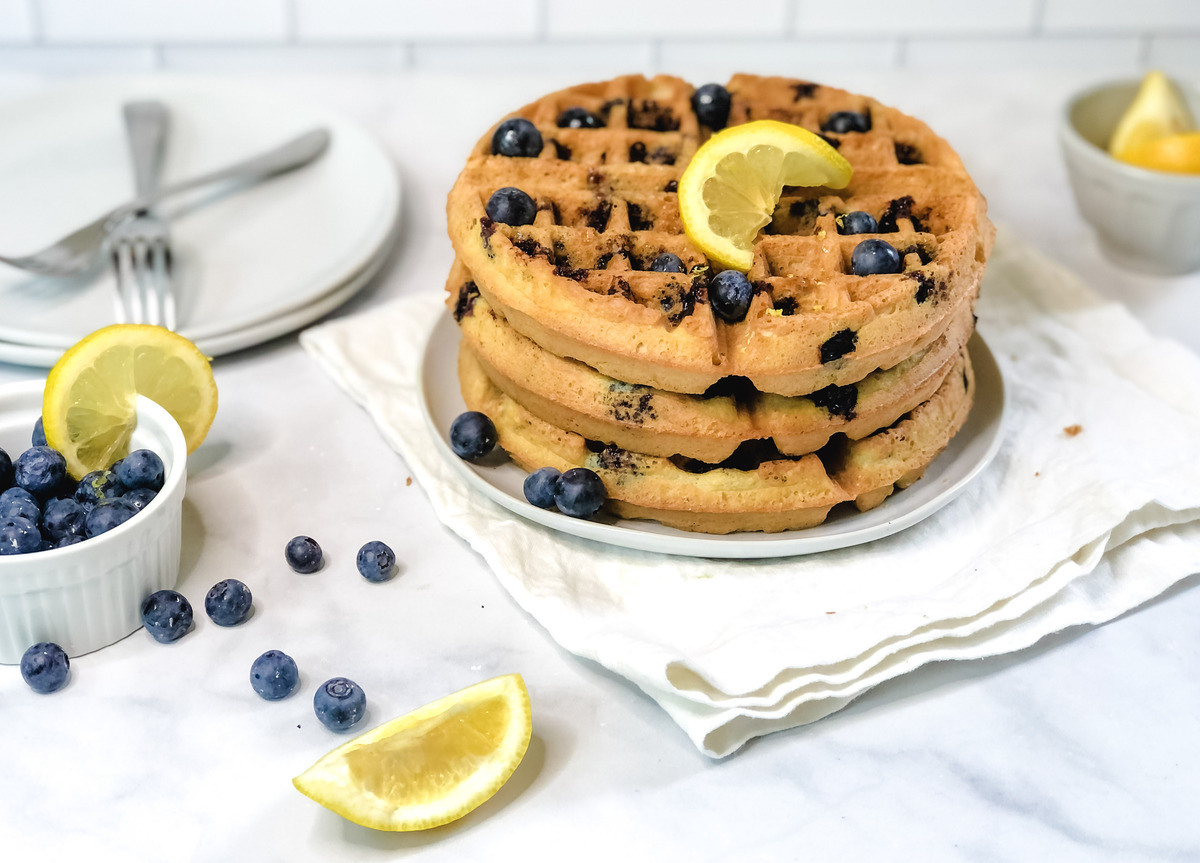
Want to start using arrowroot flour in your kitchen? Grab a bag of arrowroot flour at the store and get going on these tasty recipes:
- Paleo-Inspired Lemon Blueberry Waffles
- Instant Pot Butter Chicken
- Paleo-Inspired Chewy Pumpkin Cookies
The Bottom Line
Arrowroot flour is Paleo, but tapioca flour is not because it’s unhealthy. Since tapioca flour is high in anti-nutrients, it’s best to use it only sparingly. Fortunately, arrowroot flour is just as easy to use and is superior in its nutritional breakdown.
References
- https://www.webmd.com/diet/tapioca-health-benefits-nutrition-uses#1
- Olsen KM, Schaal BA. Evidence on the origin of cassava: phylogeography of Manihot esculenta. Proceedings of the National Academy of Sciences. 1999 May 11;96(10):5586-91.
- Chavarriaga-Aguirre P, Brand A, Medina A, Prías M, Escobar R, Martinez J, Díaz P, López C, Roca WM, Tohme J. The potential of using biotechnology to improve cassava: a review. In Vitro Cell Dev Biol Plant. 2016;52(5):461-478
- Adamolekun B. Neurological disorders associated with cassava diet: a review of putative etiological mechanisms. Metabolic Brain Disease. March 2011, Volume 26, Issue 1, pp 79–85
- Piperno DR. The origins of plant cultivation and domestication in the New World tropics: patterns, process, and new developments. Current Anthropology. 2011 Aug 4;52(S4): S453-70.
- Marsono Y. Glycemic index of selected Indonesian starchy foods. Indonesian Food and Nutrition Progress. 2001; 8:15-20.
- Nutritionist Pro Software. https://www.nutritionistpro.com/
Irene Jay
Irene Jay is a Holistic Health Coach and a certified Nutrition Coach from Vancouver, BC.
More About The Author
